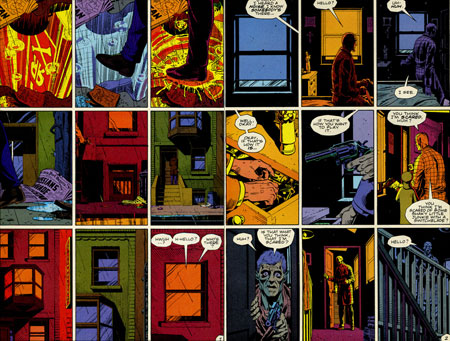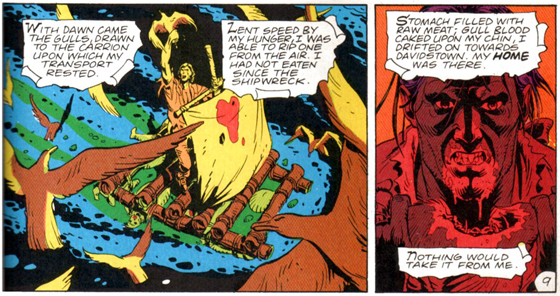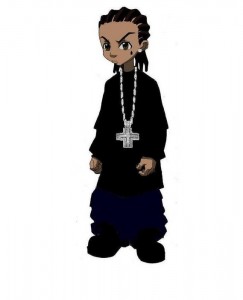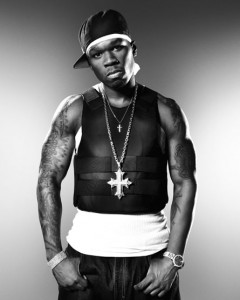When Noah announced this hate-fest, I knew immediately that I’d write about Watchmen. What was less clear to me was why—what is it about this book that irks me so much? Why do I silently roll my eyes every time someone starts waxing poetic about Moore’s genius?
The truth is, I should adore Watchmen.
It’s a comic book-loving English major’s wet dream—multi-genre, intertextual, metafictional. So much of what people identify as masterful in Watchmen matches up nicely with the things that gives me incredible intellectual joy in other books, the kinds of thing I try to get my students excited about in class.
Plus, it has superheroes in it. Despite the entrance fee to the comics scholars club being a complete disdain for all things superhero, I really love a good superhero story well told.
So, Watchmen should be a perfect storm of all things that fill me with geeky, intellectual joy. The only problem? I really, really dislike this book. So much so, that I’ve never managed to read all of it, despite numerous tries.
My husband bought Watchmen for me the first year we were married. Comic books moved into my house along with my new husband. I was hooked, powerless to resist the heady combination of new love and Spidey angst. While I would eventually develop my own comic book preferences (I quickly began to favor alternative, autobiographical, talky, snarky books), my comic reading tastes have been forever shaped by the books my husband loves best — Marvel’s superheroes. He loves Spider-Man; so do I. He adores Avengers; so do I. He thinks Kirby is a genius; so do I. He finds the X-Men insufferable; so do I. So when he, and every fanboy I knew, said I should read Watchmen, I fully expected to love it.
But I didn’t. Not even a little. I figured it was me, that there was some context or history or secret code I just wasn’t getting that prevented me from liking the book. But each time I’ve tried — when students ask about it in class, when the film came out, to write this piece — I have the same reactions.
I find Watchmen dull, flat, and, above all, pretentious. And I say this as a person who regularly tries to get students to see how funny Melville’s “Bartelby, the Scrivener” can be.
First, it is ugly. So ugly. I get that aesthetic and artistic quality are in the eye of the beholder. I love Jeffrey Brown’s and James Kolchaka’s styles, and wouldn’t call them pretty at all. My students and I regularly have arguments about whether or not Charles Schulz could draw well. So, yeah, I get that we can enjoy comics drawn in a bunch of different styles. But, c’mon, people. You can’t really enjoy looking at this book. It’s visually crowded, the people are unattractive, the colors are weird. And yes, the visual style is working actively to help tell the story of the ugliness of the world. I get it. But it doesn’t make this book any more pleasant to look at it.
I could let the ugliness slide, though, if the characters were in any way interesting. I feel no connection to these characters. I don’t care enough about Dan Dreiberg/Nite Owl to trudge through his ornithological articles. Laurie Juspeczyk and Dr. Manhattan’s relationship fails to induce any sympathy. Rorschach and Ozymandias are just dicks. I don’t have to like characters to enjoy a story, but I do need to care something about the narrative arc they travel. And in Watchmen, there’s no single character whose life I care enough about to carry me through to the end.
And don’t get me started on that fucking pirate comic. Good god, people!
Most of all, though, I find the books seeming raison d’être, a critique of the superhero concept, to be just plain annoying. I just don’t buy that superhero stories are necessarily fascistic, that enjoying a superhero story makes you necessarily suspect, that we should always be suspicious of do-gooders. The cynicism of the story, and, frankly, the cynicism of many of its fans, is just plain tiresome — not artful, not clever, not profound, just tiresome. Like the hipsters slouching in the corner, smoking American Spirits, harshing on the squares, I find Watchmen guilty of trying way too hard.
So, let’s make a deal: I promise to nod politely whenever you to start to gush about this book, as long as you don’t expect me to join in.
__________
Click here for the Anniversary Index of Hate.




